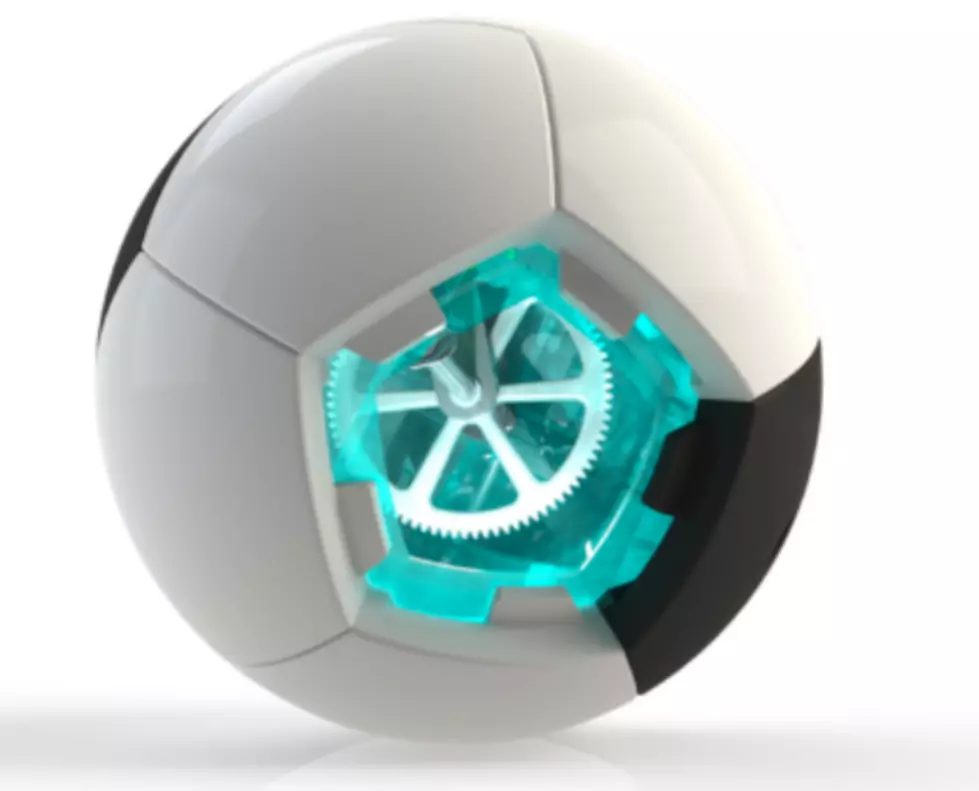
Could Soccer Be a New Energy Source?
At this point it would be safe to say that soccer will never be considered a national sport of the United States, but even as an American, one cannot ignore or deny the unique unifying power that the sport carries in nearly all other parts of the globe. And it would seem that the "beautiful game" has just gotten a little more beautiful as five Harvard students have recently invented a new staggering technology: a soccer ball that can actually generate and supply electricity
Dubbed the "Soccket," the invention was rightly heralded by Bill Clinton as "extraordinary," and plans are already underway to introduce the ball to many developing third world countries that lack electricity, a once-luxury that is now considered a fundamental necessity for higher quality living.
The technology itself is fascinating, to say the least. Every time the Soccket is kicked, the energy from the force of the kick is transferred from the kicker's leg into the ball and is stored. This energy can then later be used as a source of electricity.
Just to give you a feel for the beautiful and revolutionary implications of the Soccket, the ball builds up enough energy to power a light for three hours from just 30 minutes of play. A game of soccer is 90 minutes long -- for those of you out there who aren't mathematicians, that translates into nine hours of light from just a single game. It's almost to the point of unbelievability.
Clinton, who has since his presidency served as worldwide activist seeking to improve quality of life in developing countries, explained, “It’s an off-grid solution that gives us a way to bring power and improved quality of life, working capacity and learning capacity." (Watch Clinton speaking about the Soccket below.)
The Soccket is waterproof, durable, and, wait for it... doesn't need to be inflated. This last part is probably its most incredible feature as it manages to simultaneously retain the same properties and playability as a professional grade soccer ball despite this oddity (or miracle, really). The ball uses inductive coil technology, which involves having a metal coil and magnetic slug that goes forwards and backwards inside the ball. For a more in depth explanation, see the inventors explain it themselves in the video below.
Two of the students involved in the creation of the ball, Julia Silverman and Jessica Matthews have already started mass producing the ball through their non-profit company Unchartered Play and it will be sold at a slightly higher price than the standard ball. Silverman and Matthews are looking to lower the worldwide number of people lacking electricity, which currently stands at a staggering 1 in 5.
We'll have to wait and see if Jessica and Julia can use this technology for other sports and for other forms of energy. One thing's for sure -- we may be seeing the upstart of an unconventional energy revolution on our hands.
More From TheFW








![Stray Cat Interrupts Live Soccer Match [VIDEO]](http://townsquare.media/site/341/files/2012/02/Stray-Cat-Disrupts-Soccer-Match.jpg?w=980&q=75)
